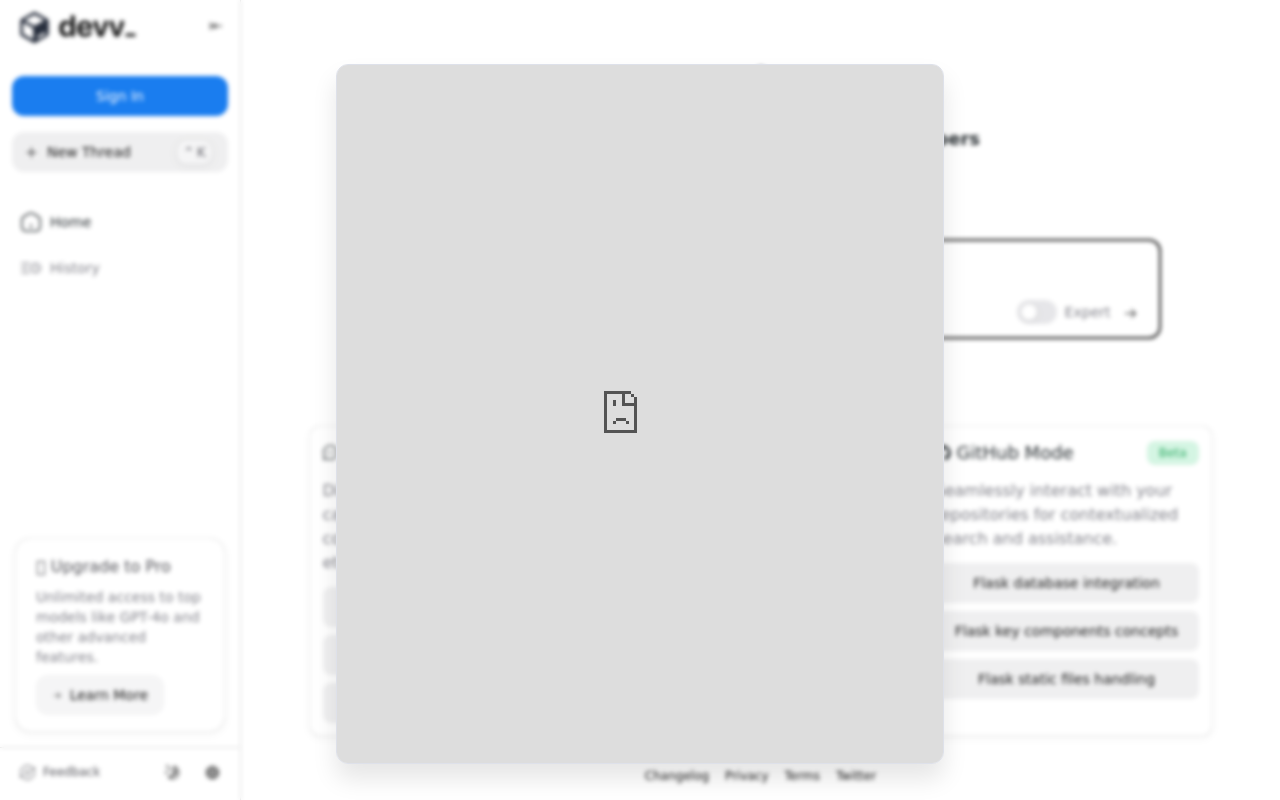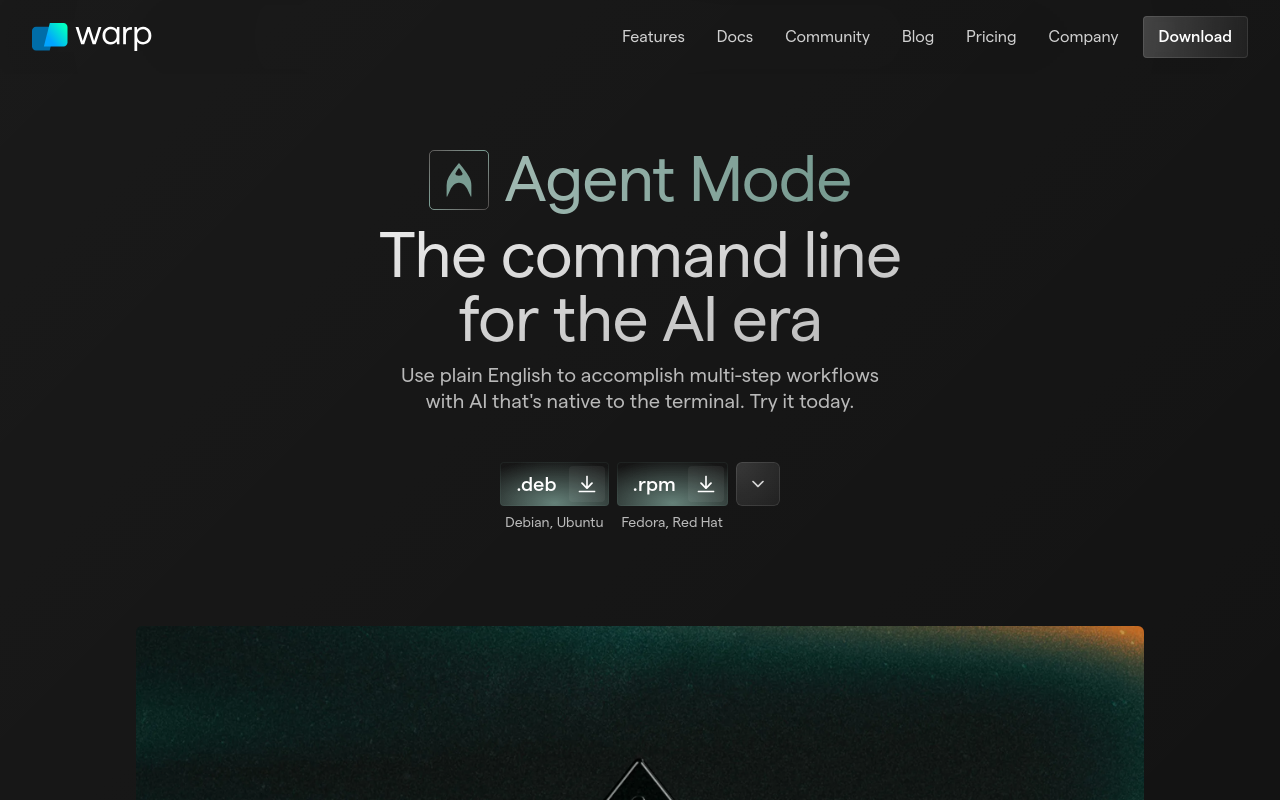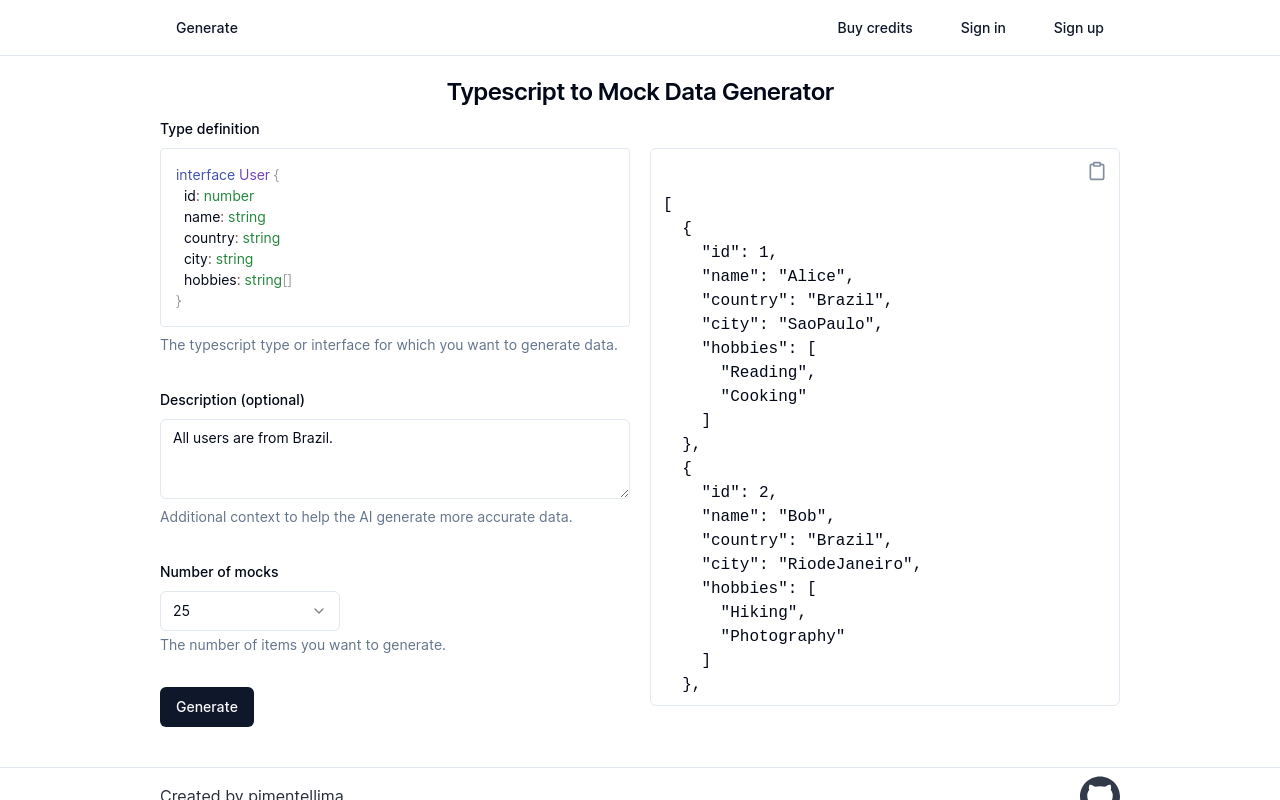ERBuilder Data Modeler
AI-powered ER diagrams generation software for data modelers and architects
Best for:
- Data Modelers
- Data Architects
- Database Administrators
Use cases:
- Generating ER diagrams
- Documenting data models
- Validating data models
Users like:
- IT
- Database Management
- Software Development
What is ERBuilder Data Modeler?
Quick Introduction.
ERBuilder Data Modeler is an innovative software designed for data modelers and data architects who need to create and manage data models efficiently. Leveraging the power of Generative AI, specifically OpenAI’s GPT technology, ERBuilder automates the generation of Entity-Relationship (ER) diagrams from natural language inputs such as data model descriptions, user stories, or requirements. This not only saves an immense amount of time but also reduces human errors that can occur in traditional data modeling processes. It’s an ideal tool for professionals managing complex data architectures or those involved in database design and documentation.
This powerful tool is tailored to assist users in bridging the gap between conceptual data frameworks and their practical application. By providing an intuitive user interface and the ability to handle intricate data models, ERBuilder ensures a seamless experience for its users. Whether you are updating existing models or creating new ones from scratch, this tool facilitates comprehensive data modeling workflows. Its AI capabilities enable users to focus more on analytical tasks rather than getting bogged down by the technicalities of diagram generation.
Pros and Cons
Pros:
- Efficiency: Automates ER diagram generation, saving significant time and effort.
- Accuracy: Reduces human errors in data model creation by leveraging AI.
- Versatility: Suitable for both novice and experienced data modelers.
Cons:
- Cost: Requires a subscription or purchase of a perpetual license for full features.
- Learning Curve: May take time to master all functionalities for new users.
- Dependence on AI: Requires consistent input quality to generate accurate diagrams.
TL;DR.
- Automated ER diagram generation from natural language inputs
- Intuitive user interface for easy data model management
- Suitable for complex data architectures and database documentation
Features and Functionality:
- Automatic ER Diagram Generation: Leverages OpenAI GPT to convert natural language descriptions into ER diagrams.
- Data Model Documentation: Facilitates comprehensive documentation of data models, ensuring clarity and easy reference.
- Data Model Validation: Validates data models against set standards, reducing errors and inconsistencies.
- User Stories and Requirements Integration: Easily integrates user stories and requirements into the data modeling process.
- Model Updating: Provides intuitive options for updating existing data models based on new inputs.
Integration and Compatibility:
ERBuilder is designed to be a standalone tool, reducing the need for extensive third-party software integrations. It offers a robust, built-in environment that supports most data modeling and database design needs. However, it does integrate effortlessly with popular relational databases and data management systems, making it highly versatile. Its compatibility with various platforms ensures it meets the needs of diverse user bases, from beginners to seasoned professionals.
Benefits and Advantages:
- Time-Saving: Automates repetitive tasks, considerably speeding up the modeling process.
- Reduced Errors: AI-powered validation and generation reduce the likelihood of human errors.
- Enhanced Productivity: Allows users to focus more on analysis rather than the technicalities of diagram creation.
- Intuitive User Experience: Streamlined interface makes it easy to generate, edit, and manage data models.
- Scalability: Suitable for small projects to large-scale data architecture designs.
Pricing and Licensing:
ERBuilder offers flexible pricing plans and licensing options.
Do you use ERBuilder Data Modeler?
Users can choose between Subscription Licenses, Perpetual Licenses, and Floating Licenses. The subscription plans start at $99 per year, while perpetual licenses begin at $199. The Floating License option caters to teams requiring concurrent access, starting at $299 per license. All plans offer a 15-day fully functional trial without requiring a credit card.
Support and Resources:
ERBuilder provides robust support options, including technical support available via email and comprehensive documentation that covers all facets of the tool. They also offer community forums for peer support and an academic program providing free licenses to students and educators. Live demos and training sessions are available for users seeking deeper insights into the tool’s functionalities.
ERBuilder as an Alternative to:
ERBuilder stands as a competitive alternative to tools like ER/Studio or IBM Data Architect. Compared to ER/Studio, ERBuilder’s AI capabilities significantly reduce the time needed for diagram generation. While IBM Data Architect provides an extensive suite of features, ERBuilder’s intuitive interface and automation offer a more user-friendly approach, especially for teams that require quick and accurate results without the complexities of more extensive software suites.
Alternatives to ERBuilder:
- ER/Studio: Ideal for comprehensive data architecting, suitable for large enterprises needing detailed data models and database designs.
- IBM Data Architect: A robust tool for organizations needing high customization and extensive database management capabilities.
- Mysql Workbench: Best suited for developers focusing on MySQL databases requiring a free and open-source solution that delivers solid performance.
Conclusion:
ERBuilder Data Modeler is an exceptional tool designed to simplify and enhance the data modeling process. By leveraging AI for automatic ER diagram generation, it helps reduce errors and save time, making it a perfect choice for data modelers and architects. Its versatility, robust functionality, and flexible pricing tiers make it well-suited for a wide range of users, from individual professionals to large teams.



